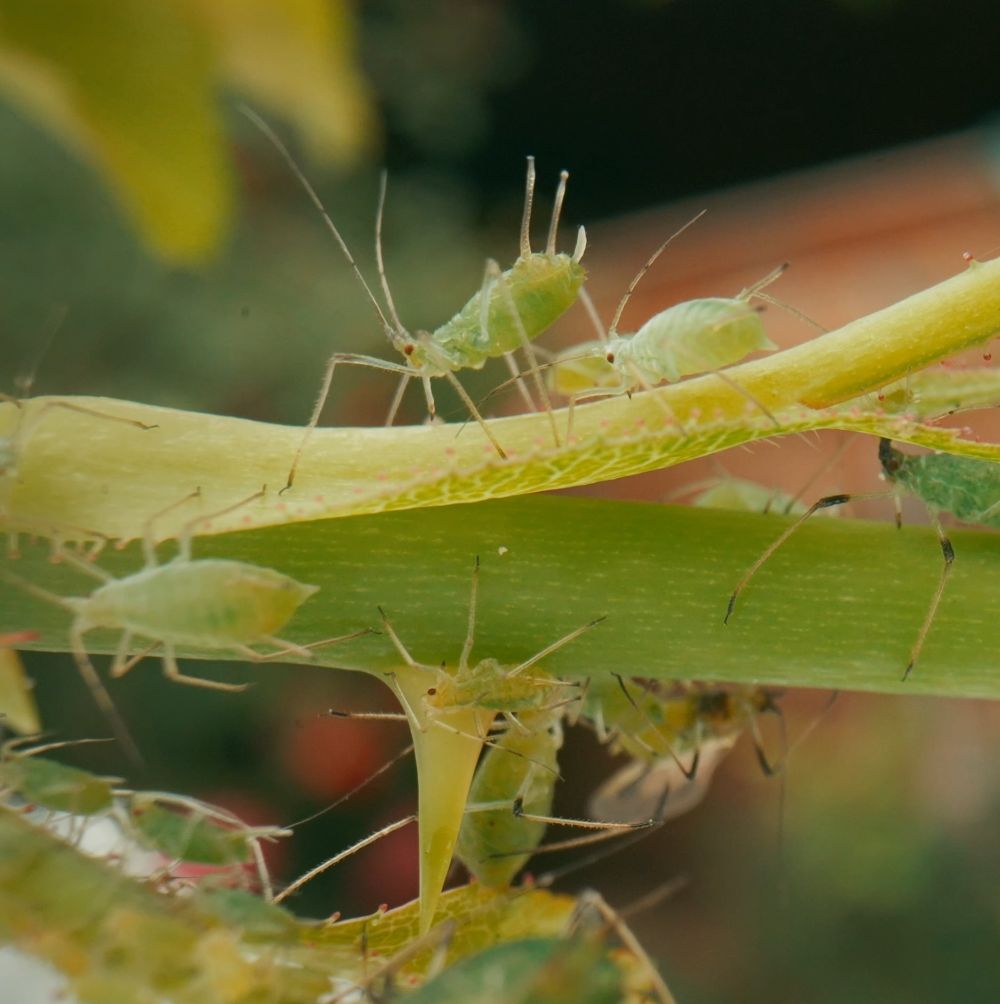As more gardeners look for natural pest control methods, beneficial insect attractants are gaining attention. These plant-based scents help manage aphids and other pests by drawing in insects that feed on them.
How Beneficial Insect Attractants Work for Natural Pest Control
These plant-based scents help manage aphids and other pests by drawing in insects that feed on them. In a recent raspberry field trial, researchers tested a special attractant designed to boost natural pest control. Here’s what they found—and how it might help in your own garden.
How Beneficial Insect Attractants Work
Certain plants release chemical signals, known as synomones, when under attack by pests. These scents attract helpful predatory insects such as lacewings, hoverflies and parasitic wasps—all of which are natural enemies of aphids. Scientists recreated this scent mix and tested it in a raspberry field using sticky traps.
Field Test: Raspberry Garden Trial
The trial used 20 yellow sticky traps: 10 with the attractant and 10 without. These were spaced across raspberry polytunnels and left for two weeks. Researchers then counted the number and type of insects caught to see if the attractant made a difference.
Results: Beneficial Insects Respond to Natural Pest Attractants
The traps with the attractant caught significantly more of the following insects:
- Lacewings
- Hoverflies
- Anthocorid bugs
- Parasitic wasps
All of these are highly effective at controlling soft-bodied pests. However, ladybirds did not appear more attracted to the scented traps.
Pesticide-Free Areas Had More Beneficial Garden Insects
In areas that had recently been sprayed with pesticides, far fewer beneficial insects were caught. This shows how chemical sprays can reduce helpful insect numbers—and how natural pest attractants may help populations recover more quickly.
Pollinators and Predators from Surrounding Habitat
Most insects caught were on the outer-facing side of the traps, suggesting they came from nearby hedgerows or flower strips. Planting wildflowers or pollinator-friendly borders can enhance the success of beneficial insect attractants.
Helpful vs Non-Helpful Insects Attracted by Raspberry Insect Lures
While a few insects caught were not helpful (like Eristalis hoverflies, whose larvae live in water), most—such as Syrphus and Eupeodes—are excellent aphid hunters. Knowing which species are being attracted is key to making the most of natural pest control.
Best Practices for Using Beneficial Insect Lures in the Garden
This study suggests several benefits for gardeners:
- Increase predator numbers naturally
- Restore populations after pesticide use
- Support early-season pest control
- Reduce the need for chemical sprays
However, sticky traps can sometimes catch bees and other pollinators. Use them cautiously—away from flowering plants or only for monitoring purposes.
Conclusion
Using plant-based insect attractants is a promising approach to natural pest control in raspberry gardens and beyond. When combined with flowering plants, good habitat, and minimal pesticide use, these attractants can help build a stronger, healthier garden ecosystem.
